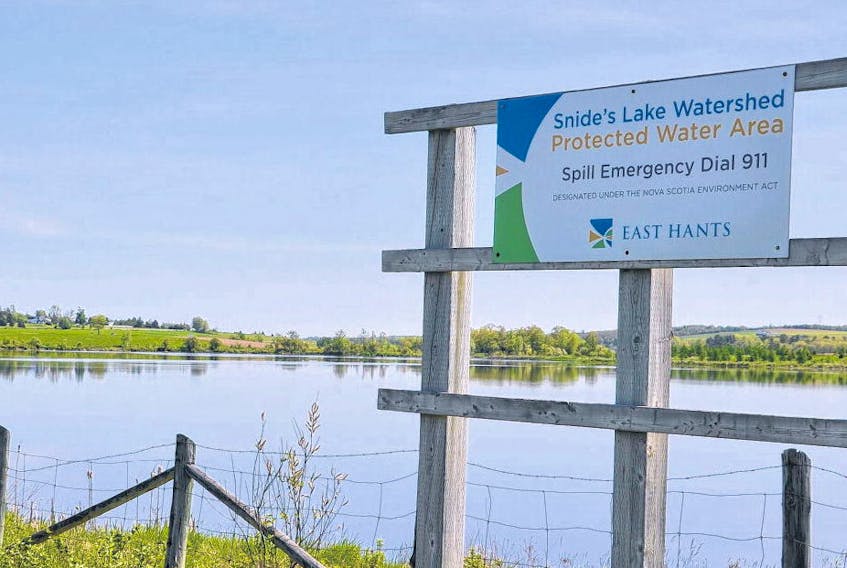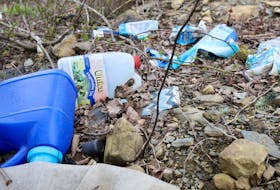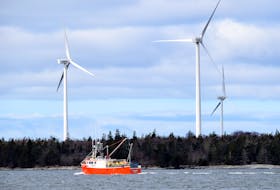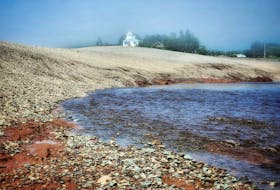The Sipekne’katik band is keen to develop land. The band recently purchased 95 hectares of land located not far from the site of the former Shubenacadie Residential School, where many Sipekne’katik and other Mi’kmaq children were forced to live more than a half-century ago.
“Right now we are looking at some conceptual drawings and different opportunities, trying to see what would work there,” said Chief Mike Sack. “Our community needs economic development and that’s what we are hoping to do.”
The land purchased in March from the Municipality of East Hants for $1 million comes in five parcels. The Snides Lake properties are located near Exit 10 on Highway 102, northeast of Indian Brook, where about half of the 2,600 band members reside. The properties are on either side of Highway 215.
“We acquired that land for the purpose of a watershed when we had a water utility in Shubenacadie that used that lake as a source of water,” said Kim Ramsay, deputy chief administrator for the municipality. “We did several years of hydrological searching and found what they call a groundwater source of water, not under the direct influence of surface water. We no longer needed the lake as a source of water because we have an underground source of wells that our new treatment plant taps into.”
Ramsay said council debated in 2014 about how the municipality should proceed with the Snides Lake property, deciding as a first step to apply to the provincial Environment Department to have the properties delisted as watershed areas, a categorization that strictly regulates use of the land. Once delisted, the land can
be returned to its previous zoning, Ramsay said.
“That process was done, just completed a few months ago,” she said.
Council then decided to put the properties on the market.
Ramsay said the expression of interest requested for all the parcels of land to be sold together, with a minimum bid of $1 million. She said the land had been unused, for the most part, even before it was categorized as a watershed area. It is partially wooded and portions of it are in a floodplain area. The old water treatment site on the land has been dismantled and demolished.
With the completion of the sale, the municipality has said that future development of the land will be decided by the band.
There has been speculation that the Sipekne’katik band’s interest in the land is to develop a gateway at Exit 10 similar to the Millbrook band’s development of the power centre near the 13A ramp on Highway 102. The Millbrook band and its partners have created a fully serviced and easily accessible business hub for retail, recreation and leisure. More than $30 million has been invested at the busy roadside site.
That Exit 10 speculation was fuelled by a May 2017 meeting between the band council and Alton Natural Gas Storage LP, a subsidiary of AltaGas, which intends to build two massive underground gas storage units on Brentwood Road near Stewiacke.
The company’s plan is to draw nearly 10,000 cubic metres of water daily from the Shubenacadie River estuary at Fort Ellis and propel it through a 12-kilometre underground pipeline to the cavern site. There, the water will be pumped nearly 1,000 metres underground to flush out salt, creating two caverns, each capable of storing up to six billion cubic feet of natural gas.
The brine created by the salt dissolution will then be pumped back to the estuary for release into the river system.
Activists from the Sipekne’katik and other Mi’kmaq bands, along with residents and fishermen’s groups, strongly oppose the project. Sipekne’katik members say the brining operation will destroy marine life in the Shubenacadie River and abrogate native fishing rights.
The May 2017 band council meeting with Alton Gas was followed by a community meeting in Indian Brook to discuss a proposed impacts benefits agreement between band and company. One of the proposed benefits was company funding for a new highway gateway at Exit 10.
“No, we haven’t talked with Alton for a long time,” Sack said of any suggested connection between the land purchase and Alton’s proposed funding for an exit gateway.
“Nothing’s happened with Alton since the community meeting last May. We had a negotiation, the consultation committee talked with them but nobody has spoken with them on it since a long time.”
It has also been suggested that the band’s interest in the Snides Lake properties is related to its proximity to the old residential school and that many of the Mi’kmaq children who tried to run away from the school scaled the hill behind the school and fled through the properties now purchased by the band.









